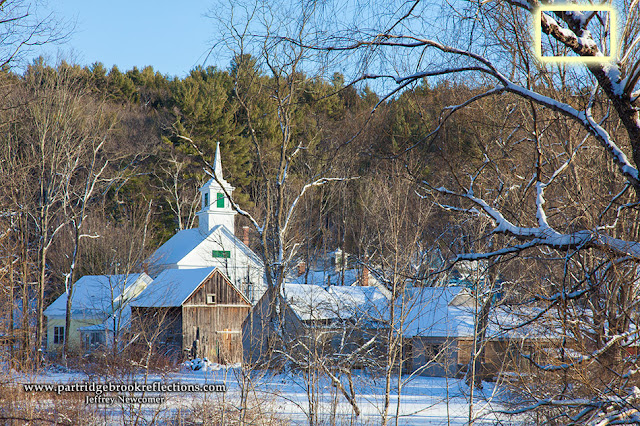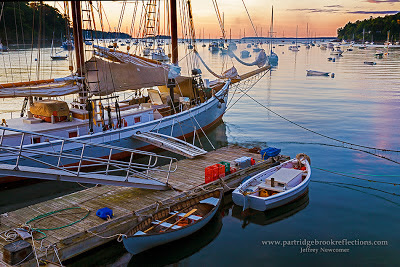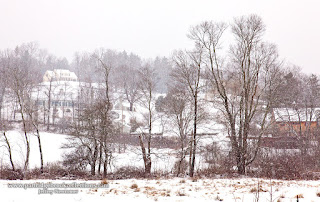Foiling the Fringe in the Camera and in the Digital Darkroom

 |
| The Fringe |
You know the old saying, "There is nothing that is certain except death, taxes and Chromatic Aberration". Chromatic Aberration (CA) is a physical property of light when focused by a lens and the result is varying degrees of color fringing which you may have noticed, especially on the edges of your images.
 |
| From Wikipedia |
Ever since Newton passed sunlight through a prism, we have known that different wave lengths of light are bent to different angles as they pass through a lens. This is called dispersion and because a simple lens cannot focus all colors of light on the same plane (your camera's sensor), colored halos or fringing is created. This effect is seen most prominently on the edges of images and in areas of high contrast. Red and green bands are most common, but blue, yellow and purple may also be seen. This is all called Chromatic Aberration and although saying "Chromatic Aberration" may make you sound intelligent at the photo club meeting, the color banding can contaminate your images. Fortunately there is much that can be done to minimize or eliminate the fringe, both in the camera and in post processing.
In the Camera
Throw Money
As expected, more expensive lens typically do better with CA.
 |
| From Wikipedia |
Avoid High Contrast Situations.
Creatively it is not always possible or desirable to limit high contrast in your images, but, especially on the edges, contrast control can make a big difference.
Stop Down
CA is more apparent at the widest apertures. Stopping down just a step or two from wide open may limit your beautiful bokeh, but it can reduce the CA contamination dramatically .
Avoid the Extremes of Zoom Lens
It is hard to engineer zoom lens that can offset dispersion across the full range of the zoom. You will usually get the best results somewhere in the middle of the range. Extreme wide angle lens may be especially susceptible to this effect.
Get Ready for the Digital Darkroom
There are a couple of things that can be done to get the image in the camera ready for the work that can be done in the digital darkroom. First, this another situation where shooting in RAW can make a big difference. The great flexibility of RAW images makes it easier to correct for CA in post processing programs such as Camera RAW. Also, one simple approach is to frame images with extra room around the edges which will then allow cropping of the worst areas of CA without sacrificing the composition.
In the Digital Darkroom
 |
| Fading Crimson |
 |
| Lens Correction in Camera Raw |
 |
| Fringed |
 |
| Aberration Control |
 |
| Facing the Dawn, Rockport, Maine |
 |
| Fringed Rungs |
 |
| De-Fringed |
Dealing with Chromatic Aberration can be frustrating, but, with awareness of the problem, adjustments in the camera and in the digital darkroom can be effective in foiling the fringe.
 |
| Solstice, Spofford, NH |


































